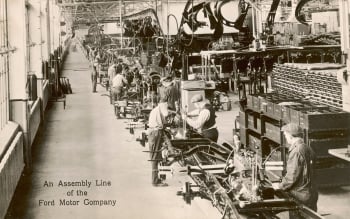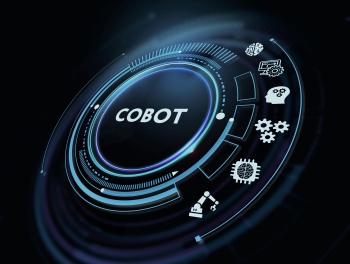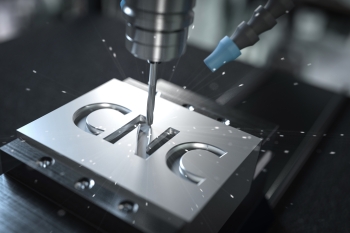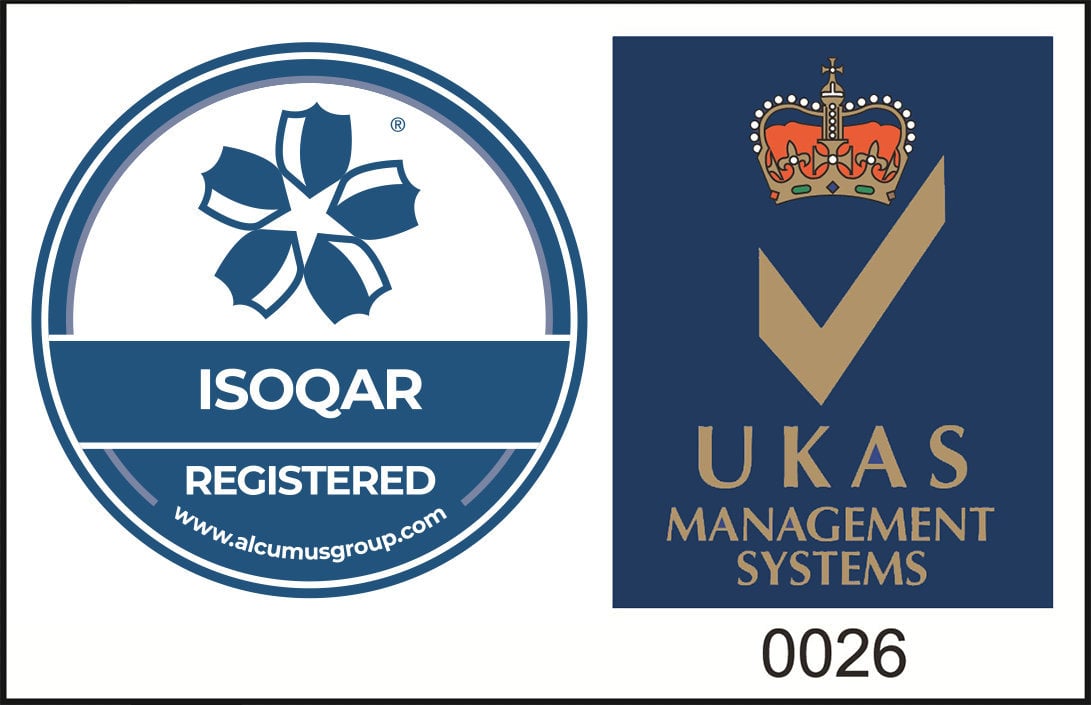
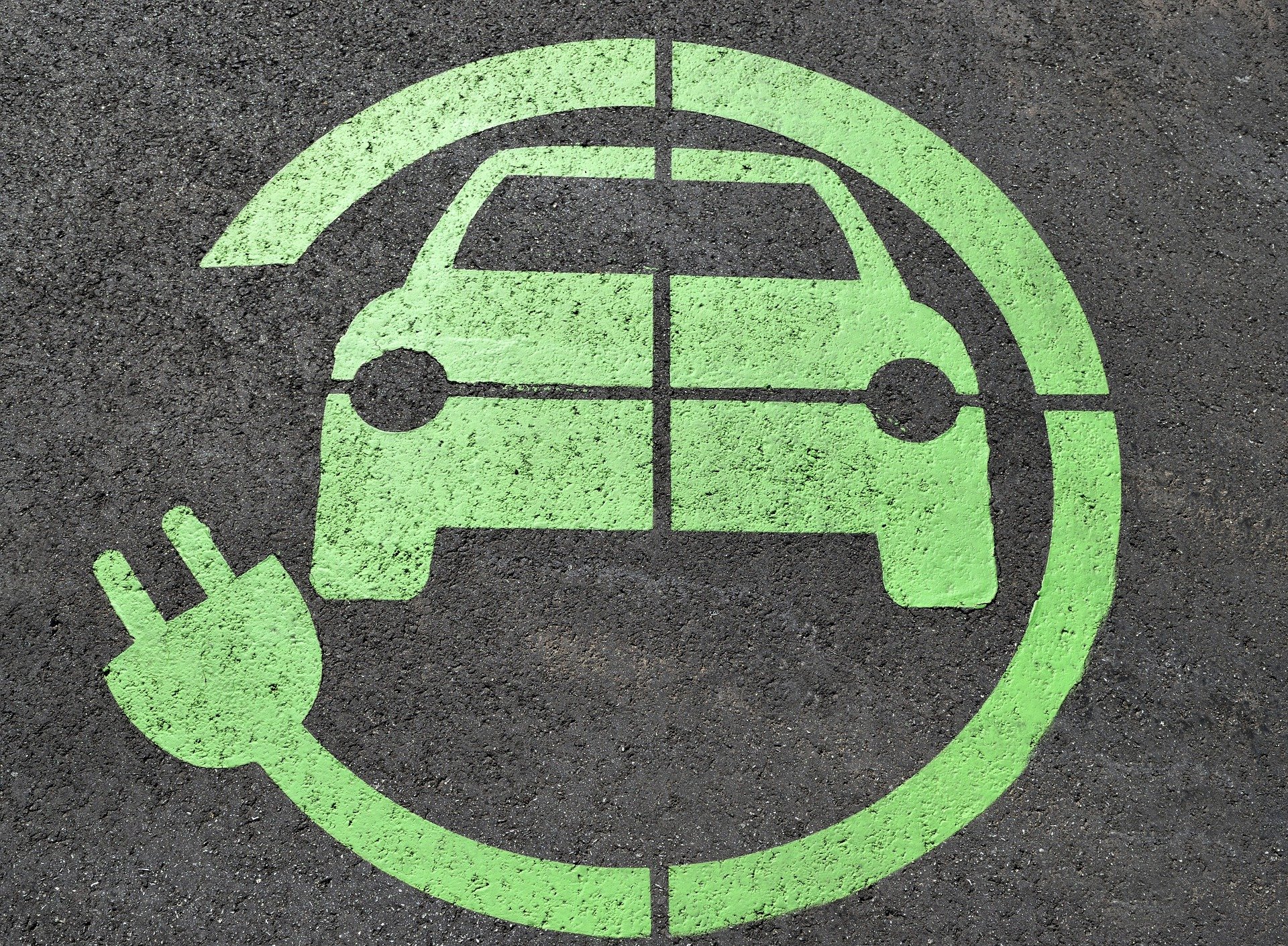
Connecting Electric Vehicles & Industrial Automation: Is Your Automotive Manufacturing Process on Autopilot?
Published: 14/10/2022
Connecting Electric Vehicles & Industrial Automation: Is Your Automotive Manufacturing Process on Autopilot?
2021 witnessed a surging demand for electric vehicles (EVs), with sales increasing by 76.3% in comparison to the year previous. With over 20,000 charge point distributed throughout the UK, the charging infrastructure is developing rapidly as we switch lanes to electrically powered transportation in line with the impending ban on new petrol and diesel cars.
So, how is industrial automation switching things up a gear in the automotive industry?
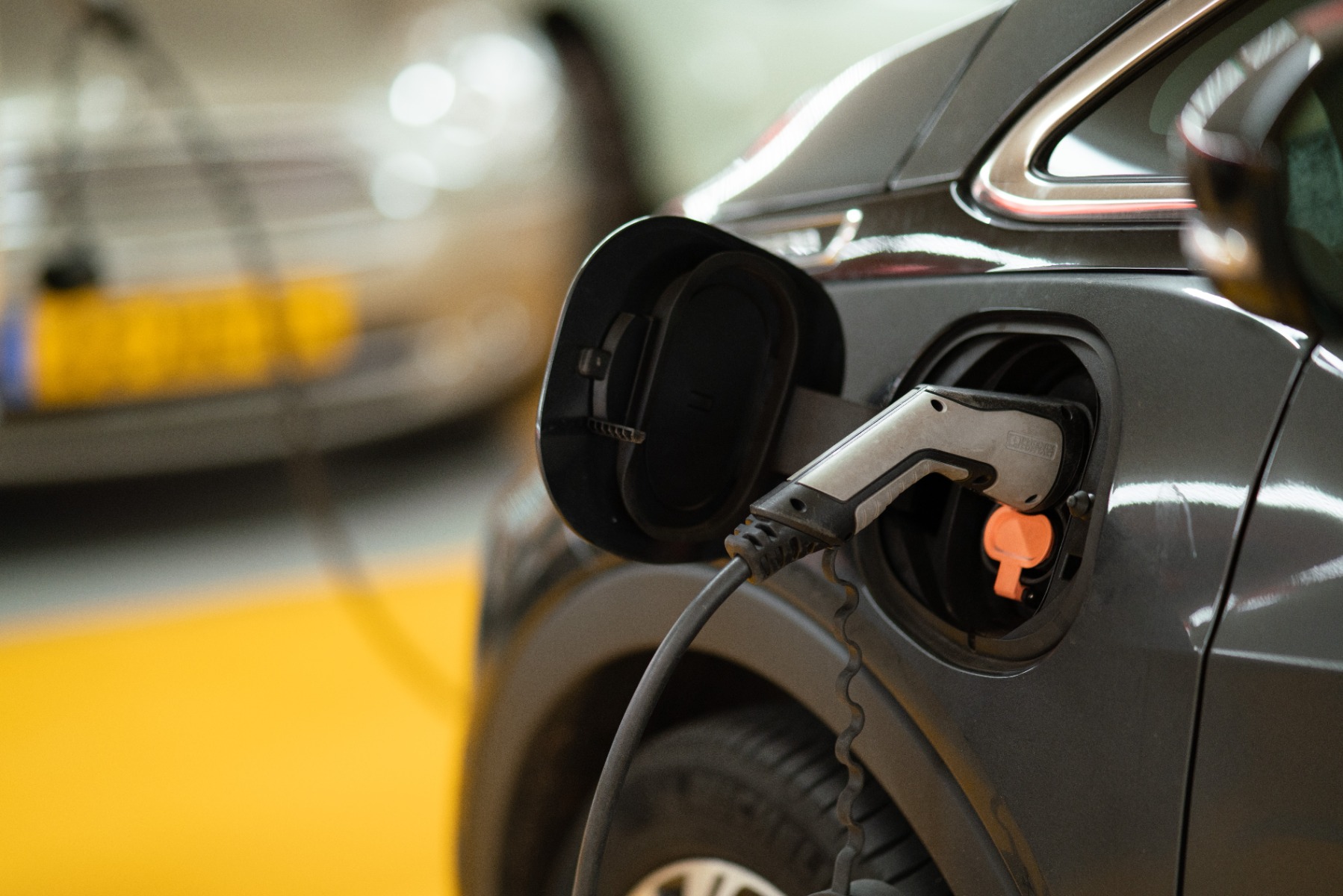
Breakdown of EV Types
The BEV is arguably the most common EV on the market which (as the name suggests) contains an electric motor powered by rechargeable batteries.
A fuel cell electric vehicle (FCEV) is powered by hydrogen which when combined with oxygen, creates electricity. Although less common on the road due to their costly nature, the extensive driving range on offer means fuel cell electric vehicles could be a worthy rival to the popularised BEV.
Similar to the above, a plug-in hybrid model also uses batteries to power the electric motor, however they still contain an internal combustion engine (ICE) powered by fuel, making it a middle of the road option for those wanting to reduce their carbon footprint. The vehicle will initially consume all the electrical power and once empty, switch to the fuel supply, depending on the end user preferences.
Although similar to a PHEV, a hybrid EV is not a plug in and power up design. Instead, the battery is charged through regenerative braking whereby kinetic energy is transferred to the car's battery, essentially self charging as you drive.
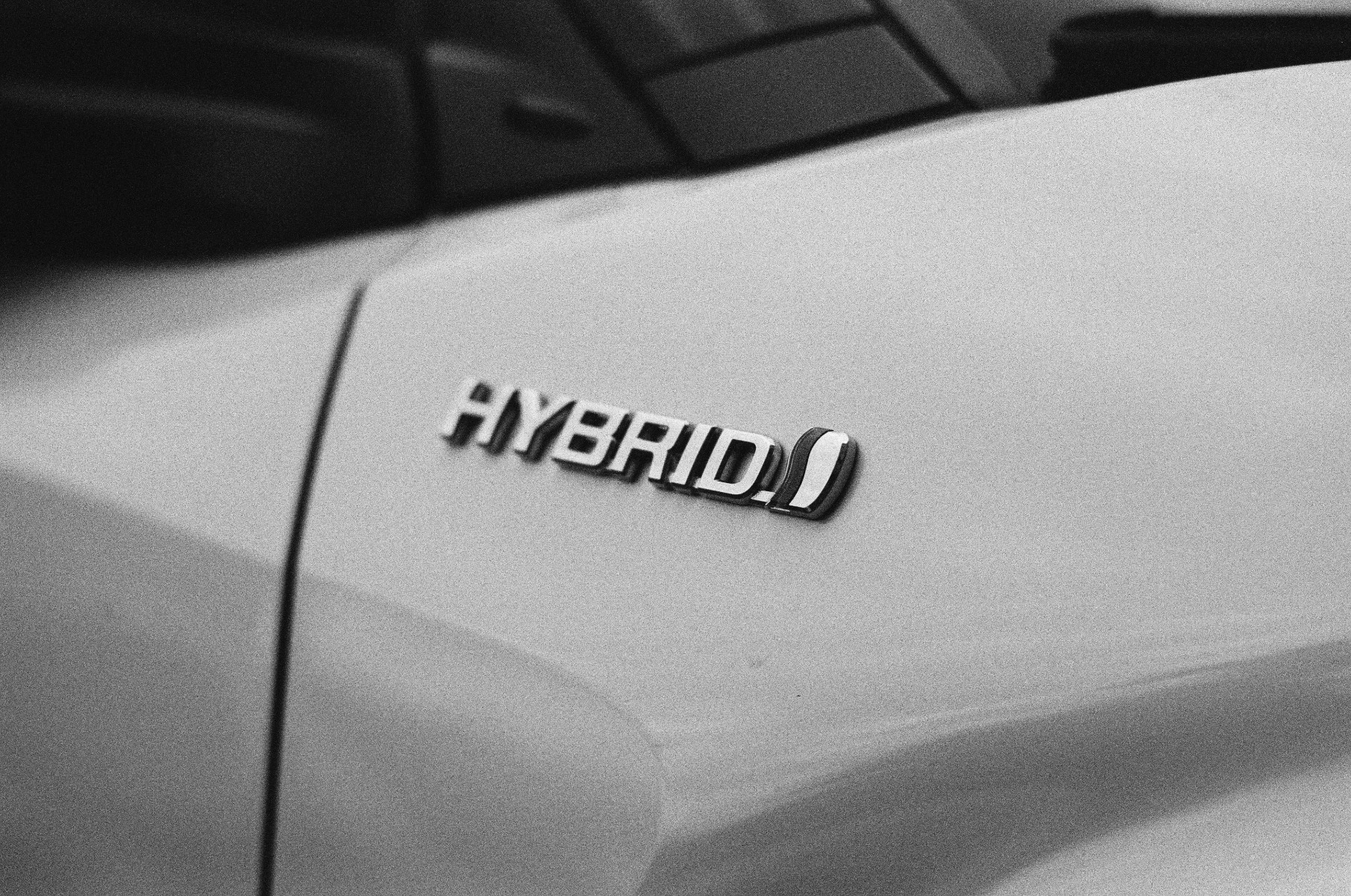
ABT e-Line & Volkswagen: Automated Testing for Commercial EVs
Before entering mass production, the testing phase is an integral preliminary step in the vehicle manufacturing process. In partnership with Volkswagen Commercial Vehicles, ABT e-Line GmbH teamed up with Kempten University of Applied Sciences to construct a test bench. This bench aims to ensure the critical functions of the commercial vehicle (converted to an electric drive) remain unimpacted by the HVAC subsystems which get their power from the vehicle battery. How does it work? The vehicle is connected to the bench and put through rigorous testing including powering up and down and swift changes in acceleration levels over a number of hours. Industrial motors are connected to the wheels to provide resistance which recreates a realistic scenario and provides more accurate data. Robotics are also installed within the vehicle acting as the driver, further enhancing the simulation. Motors are also connected to the brake and accelerator pedals, reducing the need for repetitive human intervention and allowing a test engineer to redirect their skillset to another part of the process. An additional industrial robot operates externally, installing and removing charging plugs while sensors collate data regarding voltage current. The test bench captures this all encompassing performance data which can then be analysed and improvements to design can be made if necessary.
The Beckhoff industrial computer (C6030) is central to the operation, communicating with each individual component and the vehicle itself to retrieve the relevant data and control them as the operator wishes, transforming testing into an easy journey.
“In the case of an electric vehicle, the aim is to test whether the HVAC systems, which both draw their necessary power from the high-voltage battery, have an influence on the vehicle’s most important functions, such as switching on, switching off and driving. This involves specifying a test cycle that repeatedly starts, stops and accelerates the vehicle. The state of the vehicle changes as a result, i.e. Fast and flexible test bench technology supports realistic driving simulations For small-series producers and manufacturers with a wide range of vehicle variants alike, being able to count on comprehensive test bench technology that is fast, flexible and cost-effective is hugely important.”
Florian Zerbes, Research Assistant at Kempton University of Applied Sciences
Siemens & Nissan: Production Standardisation & Smart Factories
Located north of Tokyo in Tochigi, Nissan are revolutionising EV manufacturing with their fresh approach to vehicle assembly. Joining forces with trailblazers of the industrial automation field, Siemens, the Nissan Intelligent Factory initiative was launched earlier this year. This new technology has been termed SUMO or Simultaneous Underfloor Mounting Operation, whereby the vehicle's powertrain (engine, transmission etc.) is mounted in the body from below prior to robotic installation via a pallet. However these are no standard pallets and instead have a tripartite design consisting of rear, middle and front interchangeable sections, providing a level of flexibility to accommodate various types of electric vehicles. The pallet elevates to the vehicle suspended and held in place by robotic arms which secure the powertrain in place. This production method is currently being used to manufacture the Nissan Ariya and is a far cry from their previous assembly line. In previous models, employees were required to manually guide the powertrain, a heavily labour intensive part of the process. By deploying SUMO, Nissan aims to improve working environments across all of their factories.
The set-up includes the Siemens PLC Simatic S7-1500, ET200SP distributed I/ O module as Siemens One Single Solution (OSS). The process also includes Sidis Pro, an Electronic Control Unit (ECU) developed by Siemens. This diagnostic tool plugs into the Nissan Ariya and displays the relevant data as it passes through test sequences via a human machine interface (HMI). Finally, an abundance of sensors are present throughout the assembly line, capable of identifying any anomalies in the performance of machinery. Creating a seamless flow of communication, Profinet feeds information between the factory floor and office, so from the conceptualisation to the creation, a clear end-to-end roadmap is continuously visible.
“At our Nissan Intelligent Factory in Tochigi, we are building the future of mobility. It enables us to not only improve the work environment but also to realise a zero-emission production system. To digitise our new electric vehicle production line, we chose to work with Siemens, our innovation partner and one of the leading companies in industrial automation and digitalization, because they have the necessary expertise in this area.”
Teiji Hirata, Corporate Vice President, Vehicle Production Engineering and Development Division at Nissan Motor Co Ltd.
Industrial automation is part of our DNA.
As the leading multinational supplier of industrial automation parts and electrical repairs, Northern Industrial has kept the wheels of industry well oiled and turning since 1978, most notably trusted by JCB, Nissan and Pirelli.
If you are on the hunt for a complete automation solution for your automotive manufacturing process, we are ready and waiting to provide the integrated support you deserve in the fight against unplanned downtime.
Want to find out more?
If you'd like to learn more, click the button below and one of our helpful friendly team will be in touch. Alternately you can reach us by phone on +44 800 234 3747
Share this article

























